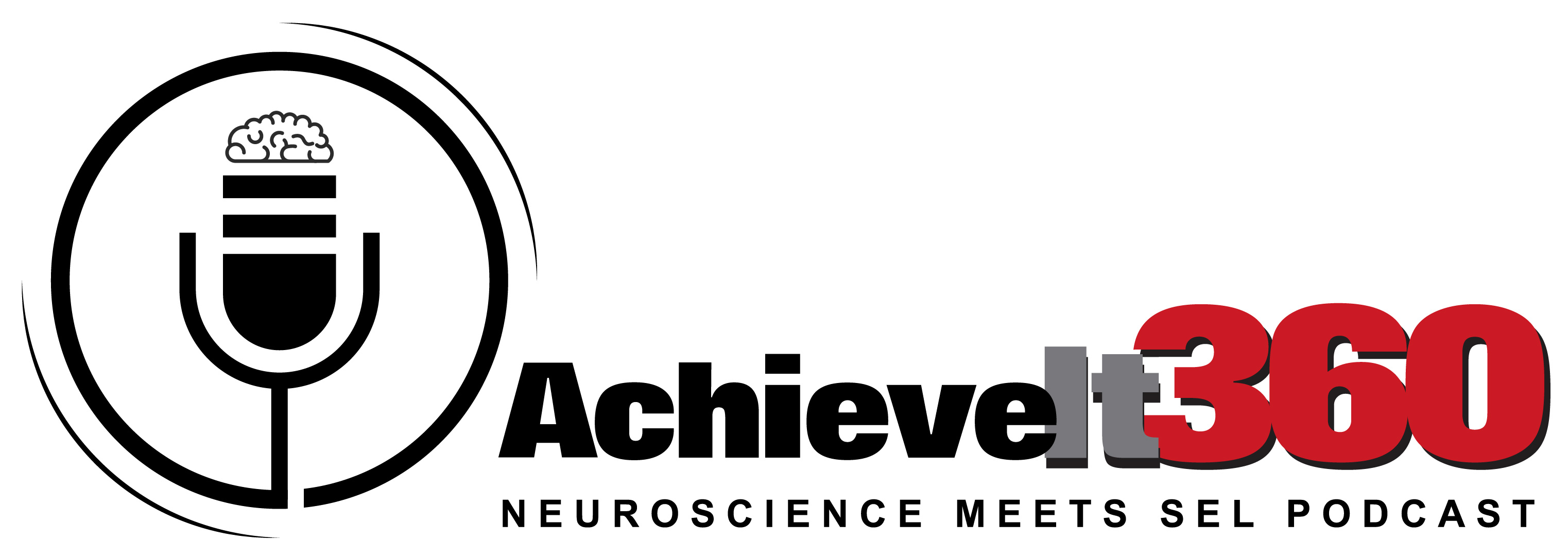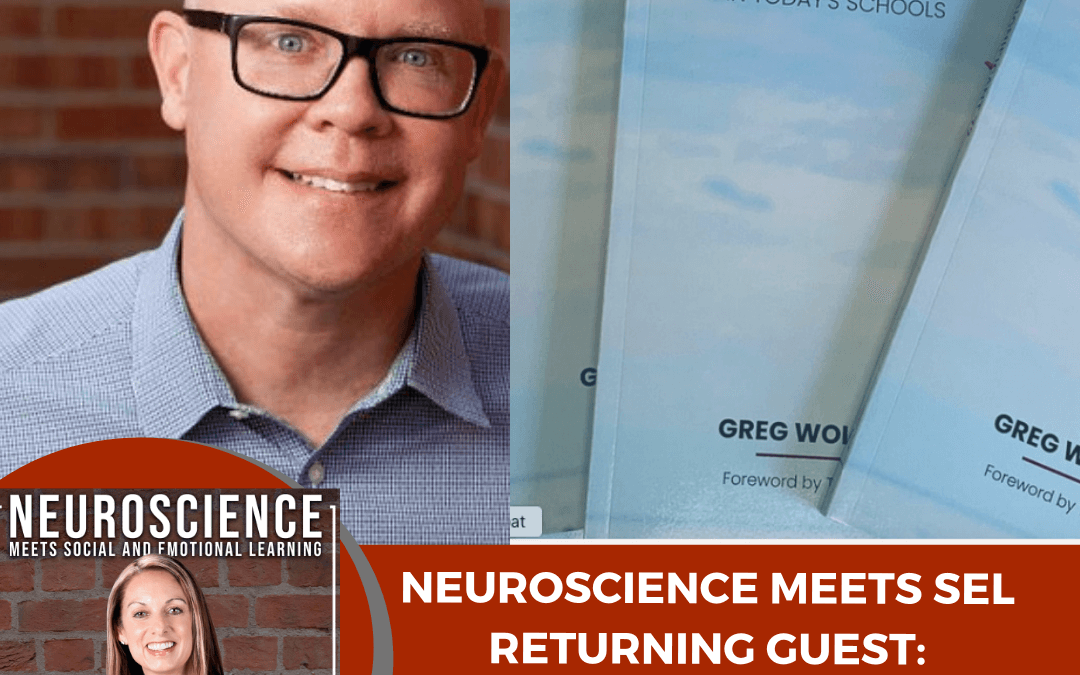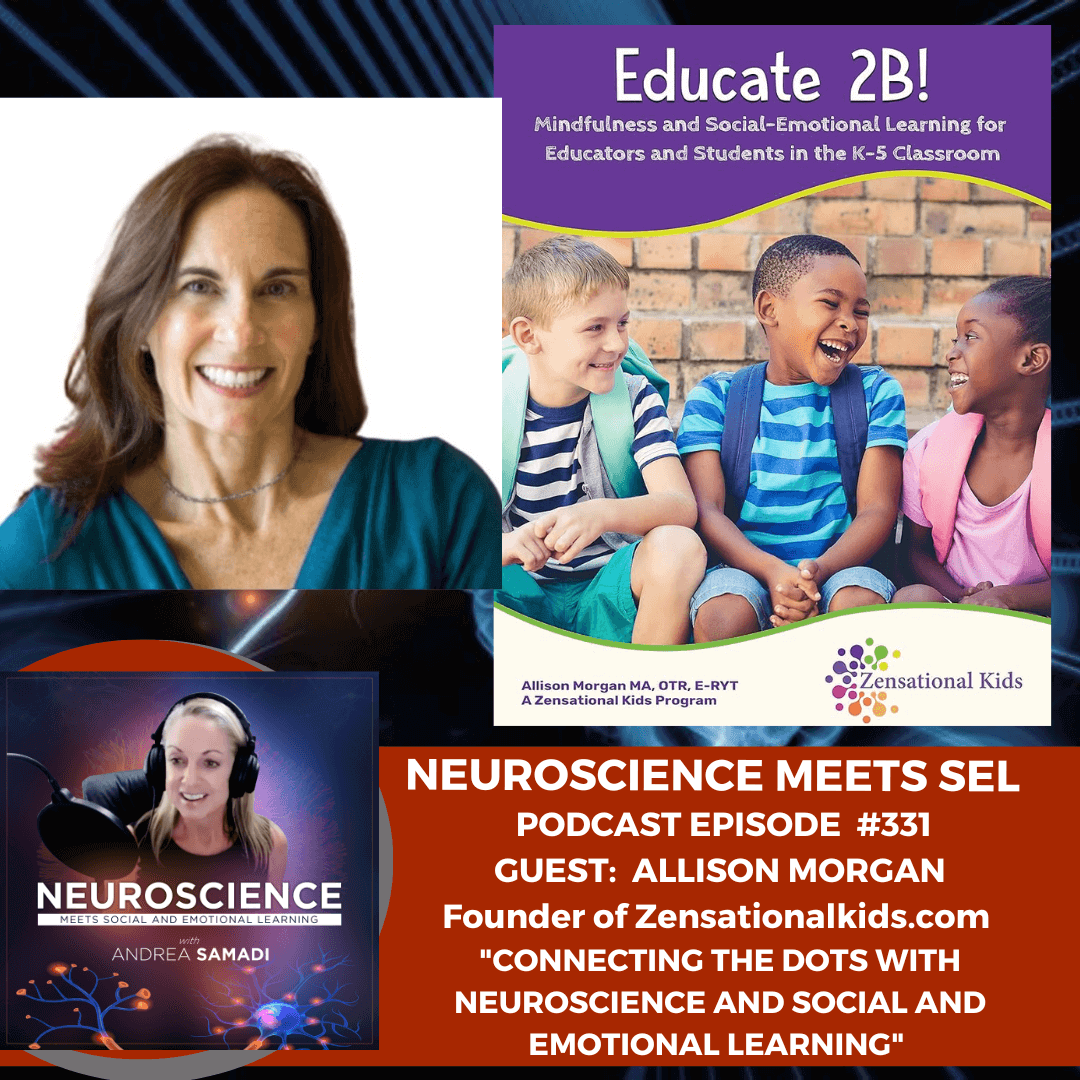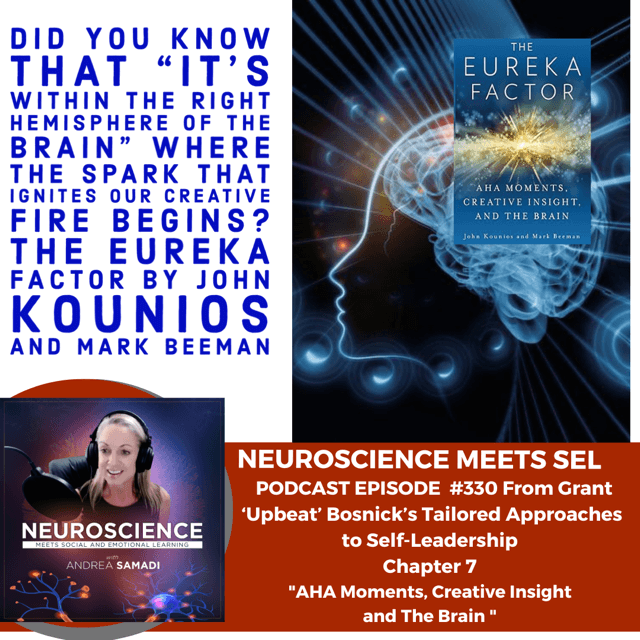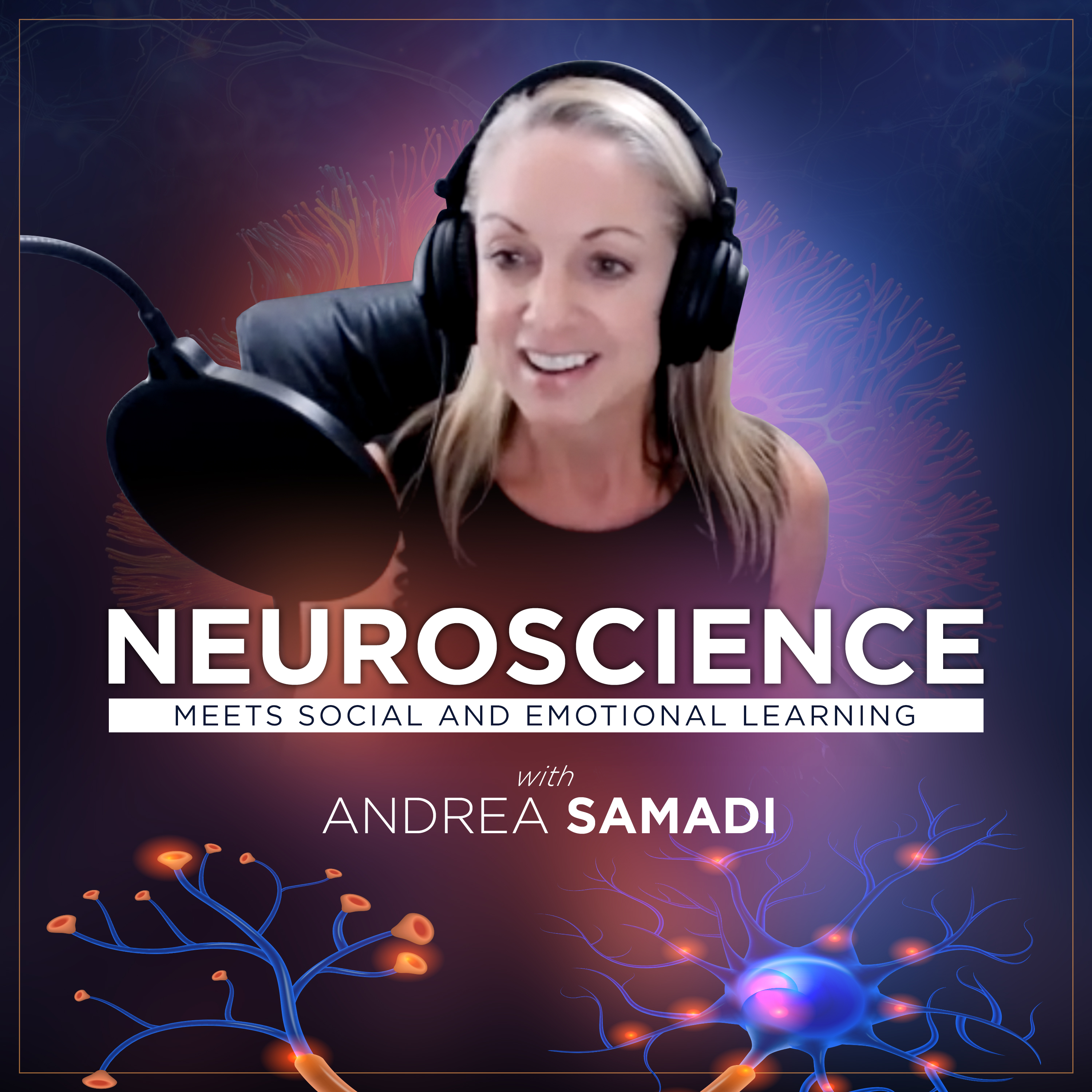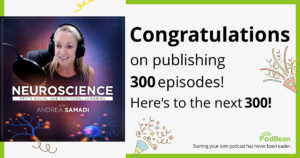This is episode #64, with a returning guest from our 7th episode, Greg Wolcott, Assistant Superintendent for Teaching and Learning in a suburb of Chicago as well as an adjunct professor and author of the phenomenal book Significant 72: Unleashing the Power of Relationships in Today’s Schools.[i] I first saw Greg on an EdWeek Social and Emotional Learning Webinar back in 2016, where he was talking about this concept that he was using in schools that he called “Significant 72” and this concept wasn’t even a book yet. I thought his idea was powerful—so I wrote it down and began telling his story when I was presenting to educators who could use this idea. It’s really a powerful concept, and I’ll let Greg tell you more about it. When I launched this podcast, a year ago, I was looking for high quality experts to provide tools and resources that we could all apply to take our results to the next level, and I immediately thought of Greg.
We’ve kept in touch over the entire year since we started and he’s reached out to me with thoughts and ideas for how he sees each episode being applied within his schools, and brainstorming new ideas, or applications of how the content can help the education and corporate sectors. He makes connections between speakers that I might not have seen and has been an invaluable resource for me to keep moving forward with new speakers and ideas. Welcome back Greg and thank you so much for all you’ve done to support and cheer me on over here, your help means a lot.
Before I get to the questions, can you give an overview of what you do over there, where the concept of “Significant 72” came from and also, what’s your outlook with where things are right now in our schools as we prepare to transition to the summer and into a new year, still living in the midst of a pandemic?
Q1: Greg, you sent me a recent presentation that you did called “Creating Connections During a Crisis”[ii] and I loved everything that you presented so I wanted to ask you some questions that would dive a bit deeper into what you covered. We can share you screen here if that helps with the visuals. Can you explain why you think it’s so important right now to prioritize social and emotional learning in today’s educational space?
Q2: I saw something that you shared on social media on Twitter, (I think it’s your pinned tweet @GregJWolcott)and it was about how important it is for educators to reach out personally to every student in their class to remain connected, and that tweet you sent had almost 9K likes, and over 2K retweets! I’ve never seen numbers this high. Can you share what stories you are hearing from educators/students who have been keeping in touch during the pandemic and also maybe some students who you’ve heard have been having a tough time with not being in an academic environment so we can keep in mind how important keeping these connections are for our students?
Q3: What about the how behind an SEL Implementation? Can you go over the concept of STORY, which is an acronym from your book where you talk about how every student has their own STORY or strengths, tendencies, opportunities, resources and yearnings (which is how you break down this acronym and how SEL and the most current neuroscience research is infused into each of these areas? Starting off the S in STORY, why is it so important for our students, and ourselves to understand our unique strengths?
Q4: What about the T in STORY, for tendencies. Why is it important that we understand our tendencies as it ties into the 3 parts of our brain with strategies to overcome those times we become overwhelmed?
Q5: What about the O in STORY, opportunity? How do we recognize the opportunities for growth (which is actually one of my top 5 values)—like you talk about understanding our emotions, categorizing them, and then coming up with a strategy to move beyond where we are right now when we are stuck. Can you explain this 3-step process to slow down and make a change with our emotions in mind so we can experience growth?
Q6: For the R in STORY, or the resources, I found this part the most interesting, mainly because most of what you mention, we’ve been talking about here on the podcast and some of these concepts have taken some time to become known and accepted. It really does help to have the point of view of an assistant superintendent to bring some credibility to some of the resources that you are using. Can you share some of the resources that have used in your local schools to help students with their learning, and how these resources are being received by the students themselves as well as the teachers? (Vagus Nerve and some of the ways it can be activated to calm someone down)
Q7: For the Y in STORY, for yearnings, what’s the best way to remind ourselves of what students want, need and desire to produce their best work?
Q8: Greg, our family loves eagles, and we always seem to notice them when we are driving in the car, and your son made a pretty powerful statement about the eagle—I always think it’s important to listen to what our kids are saying as they can say some pretty impactful things, if we can take the time to listen. Can you tell your son, Jack’s Eagle Story?
Q9: Is there anything that you think is important that we might have missed?
Thank you Greg, for taking the time out of your day to speak with us and share your Significant 72 book, ideas and resources for making the Neuroscience/SEL Connection. If someone wants to learn more, they can go to www.significant72.com to get your book and find you on Twitter @GregJWolcott to reach you. Thank you so much again for all of your ideas that are impacting the success of this podcast.
RESOURCES:
[ii] Creating Connections During a Crisis with Greg Wolcott Published on May 6, 2020 on YouTube https://www.youtube.com/watch?feature=youtu.be&v=WwcbXDIknVE&app=desktop
Podcast: Play in new window | Download
Subscribe: Apple Podcasts | RSS
